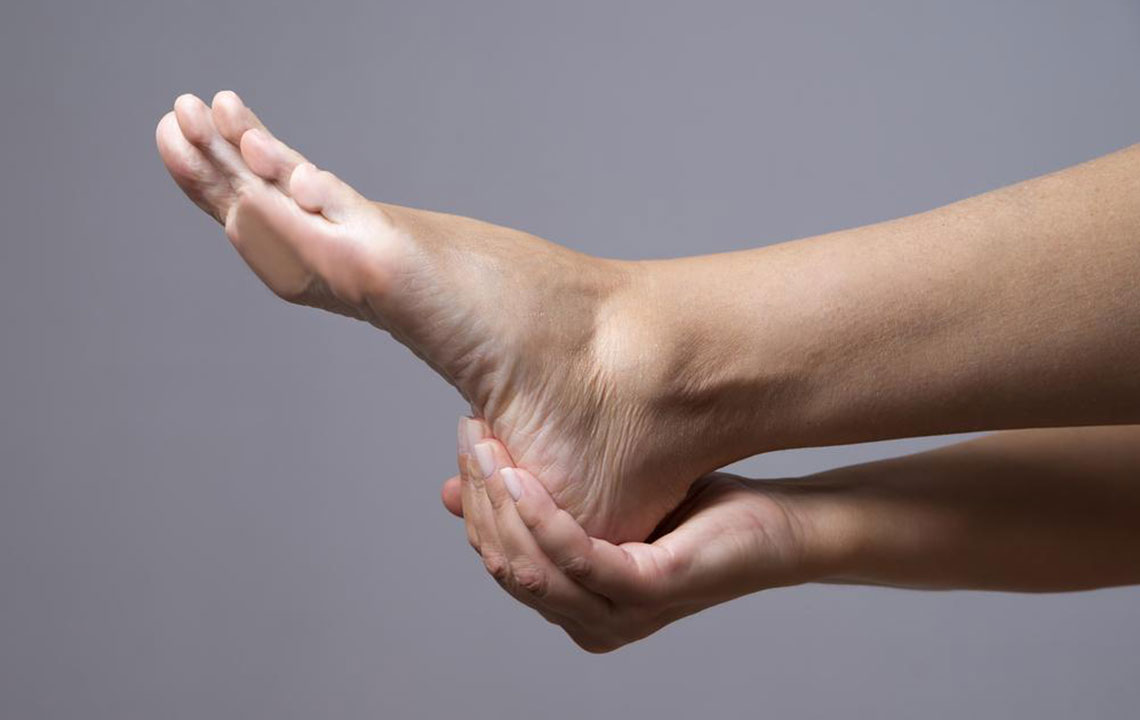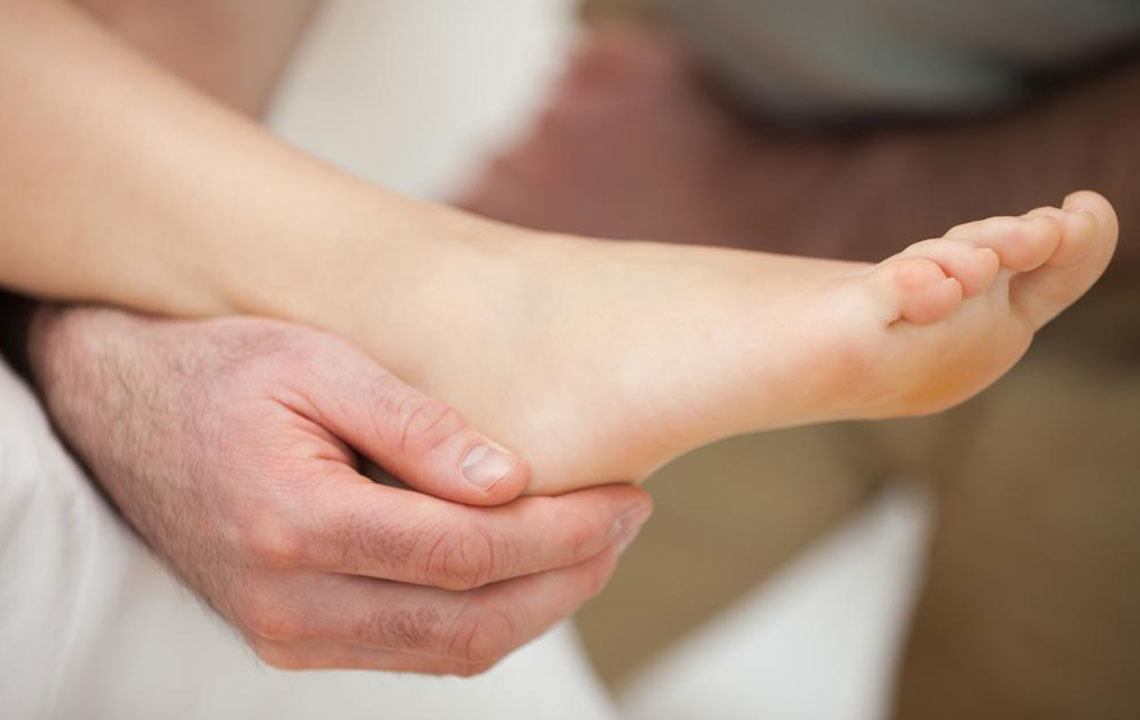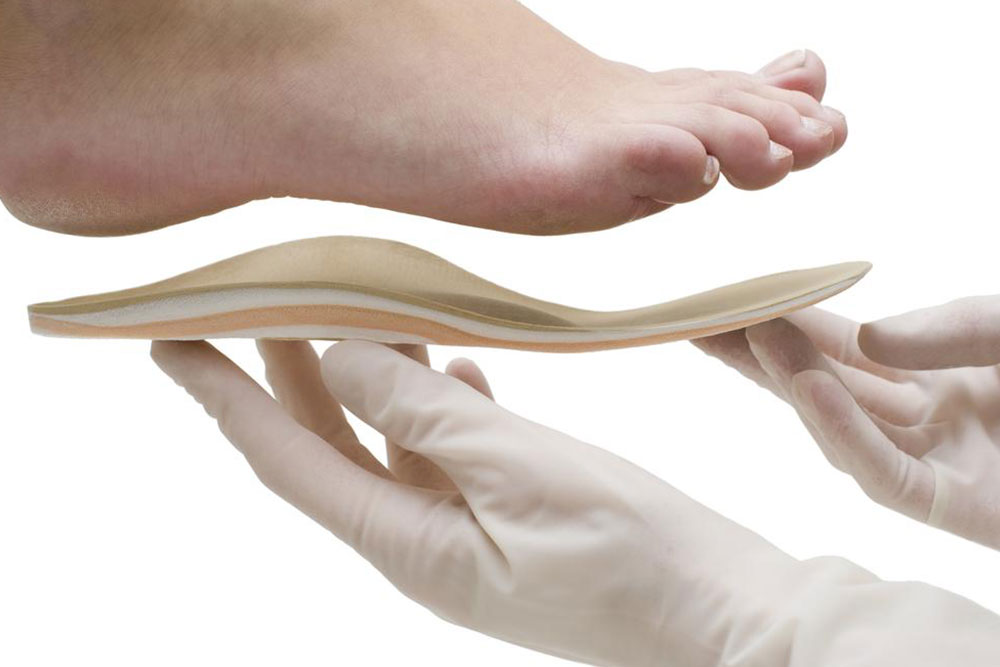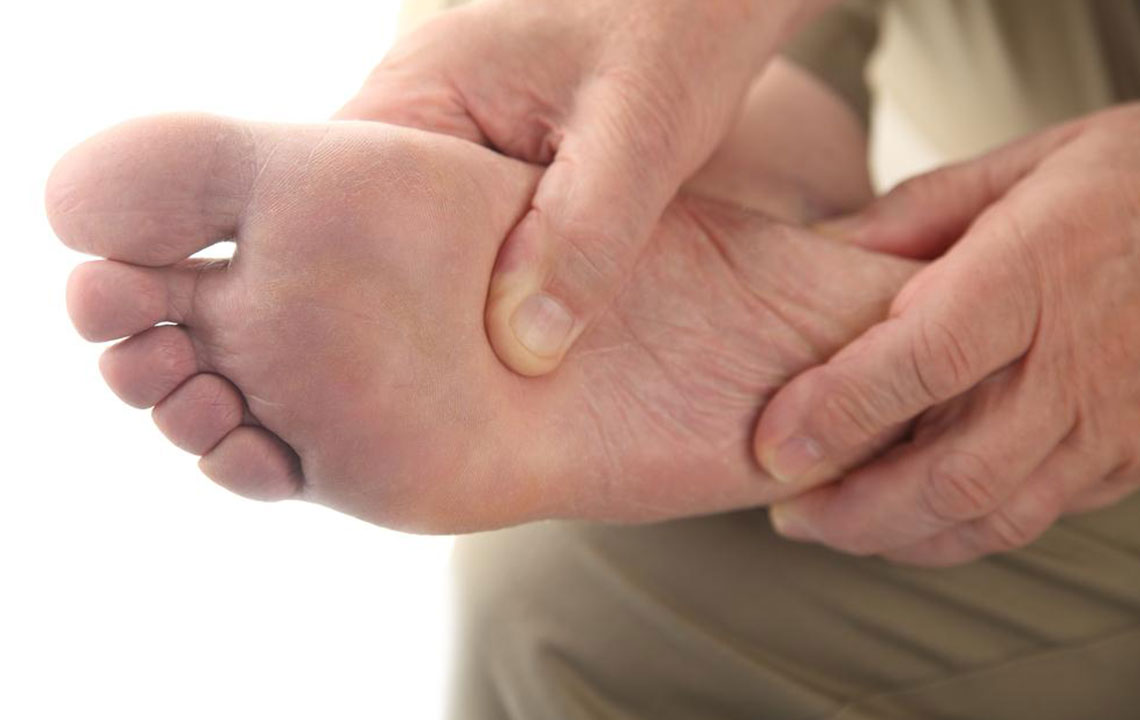Innovative Benefits of Custom Orthotic Devices
Discover the benefits of custom orthotic devices, which support proper body alignment and alleviate pain. From sports injuries to arthritis, orthotics are tailored to individual needs, helping improve mobility and reduce discomfort. Learn about material options and how personalized designs can make a difference. Always consult healthcare professionals for specific advice.
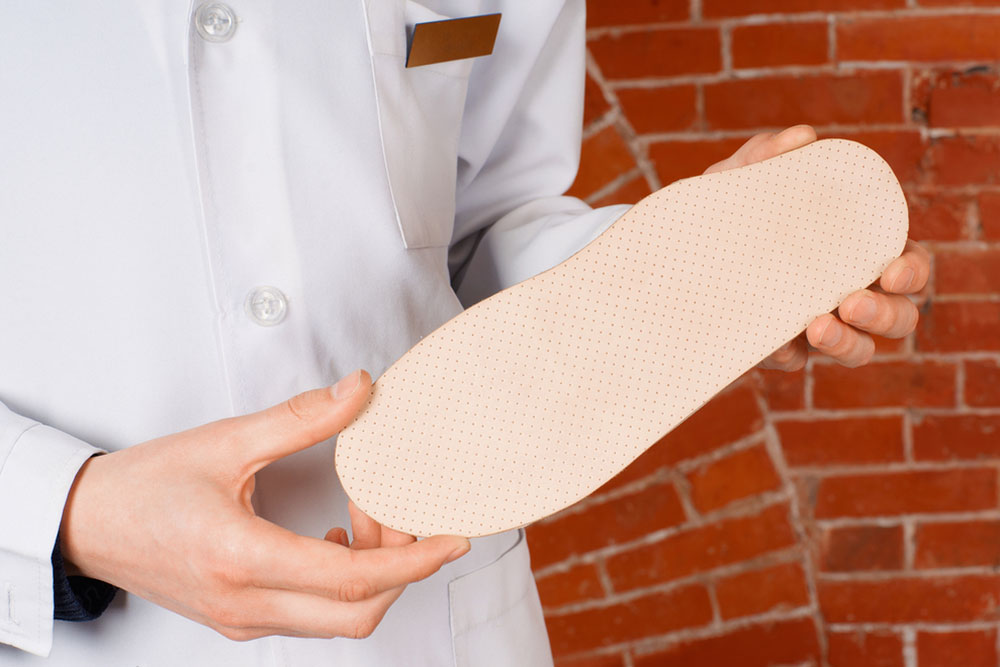
Innovative Benefits of Custom Orthotic Devices
Orthotic devices serve as supportive, corrective, or stabilizing tools designed to enhance the functioning of various movable body parts. Common examples include shoe insoles, which correct abnormal gait patterns by adjusting foot angles. Types of orthotics encompass lumbar supports, knee braces, neck collars, and wrist splints.
Who can gain from these aids?
Countless individuals worldwide experience foot and hip discomfort, making orthotics a valuable option.
If you suffer from such pains, consider custom orthotics tailored to your needs. They can alleviate stress and boost muscle performance by optimizing movement. Whether your discomfort results from past injuries or ongoing pressure at work, many manufacturers provide personalized orthotic solutions. Despite widespread awareness, some believe orthotics are ineffective—however, they can address diverse orthopedic issues effectively.
Orthotics are not only for persistent foot pain; they can also benefit those with hip and knee pain. Individuals dealing with arthritis should consult specialists about orthotic options. Additionally, foot pain linked to high blood sugar levels can be managed with orthotics, which help in reducing related discomfort.
How do orthotics help?
These devices are customized to fit individual health profiles, considering specific conditions. For example, athletes with severe foot pain receive different treatments than those with inflammation or fractures. Orthotics aim to correctly align ligaments, muscles, and bones in the lower body, alleviating pain and minimizing stress. Over time, they support improved muscle function and mobility.
Design choices
The variety of orthotic materials and designs can seem overwhelming. Selection depends on individual needs—those experiencing frequent, intense foot pain might need orthotics compatible with formal shoes, while active users may opt for sports-insert options. Materials such as polypropylene, thermoplastics, acrylic, and carbon composites are common, with experts guiding optimal choices for each case.


